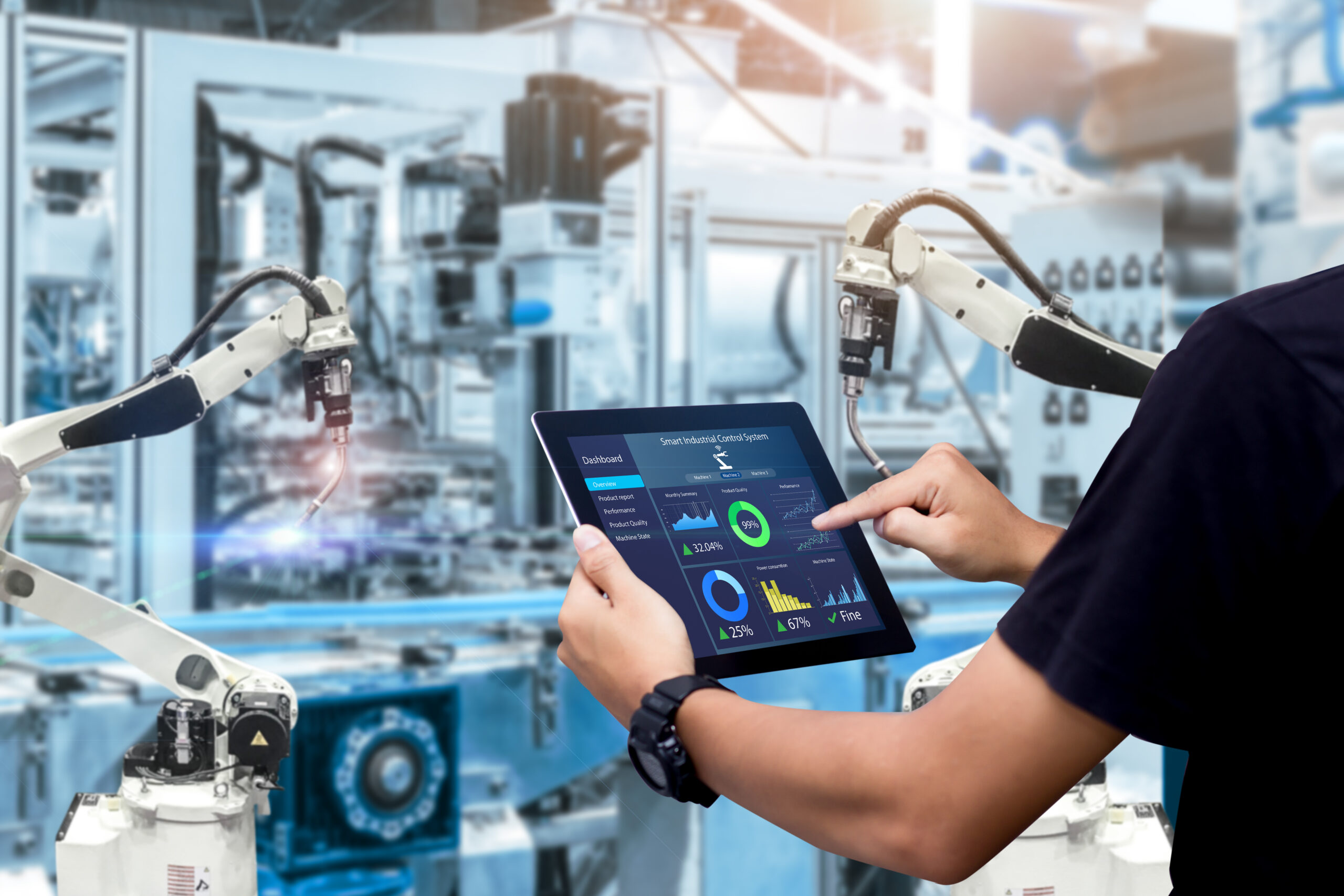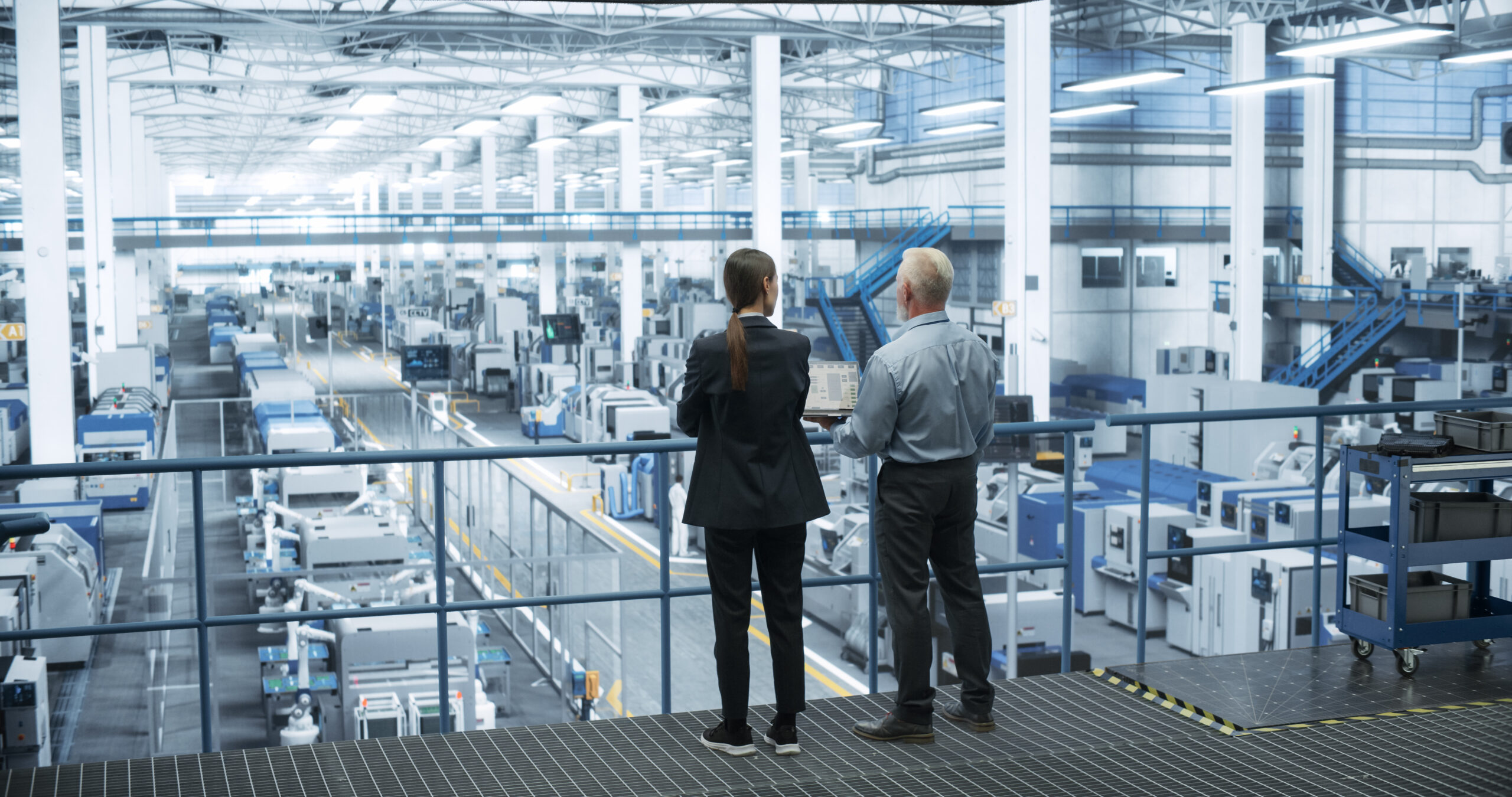Category: Blog
Physics-informed AI is transforming industrial operations by combining machine learning with the laws of physics. It enables systems to predict outcomes, optimize processes, and self-correct in real time. For industrial leaders and operators, understanding Physics-informed AI is essential not only to improve efficiency and reduce downtime but also to manage the cybersecurity risks that come with these advanced systems. In this article, you will learn how Physics-informed AI can make your operations smarter, safer, and more resilient, along with practical steps to protect your industrial systems while capturing real operational value.
How Physics-Informed AI Shapes Industrial Operations
Industrial environments such as energy, rail, and manufacturing are adopting Physics-informed AI to make faster, more precise operational decisions. Unlike standard AI models, Physics-informed AI understands the underlying physical rules of machinery, energy flow, and motion, allowing systems to anticipate failures and adapt automatically.
Practical applications include predictive maintenance that identifies equipment issues before downtime occurs, optimizing power distribution across grids, dynamically adjusting rail braking and scheduling, and fine-tuning manufacturing processes to maintain product quality. These capabilities help organizations maintain reliability, reduce costs, and improve operational outcomes.
Industrial operations rely heavily on operational technology (OT) and industrial IoT (IIoT) systems. Sensors, controllers, and connected machinery gather real-time data and automate critical processes. While these systems boost efficiency and reliability, their connectivity expands the attack surface and creates pathways where digital anomalies can have immediate physical consequences.
Cybersecurity Considerations
Physics-informed AI introduces a new kind of vulnerability. It integrates physical processes, AI models, and connected sensors into a single operational ecosystem. Threats include model manipulation, data poisoning, and unauthorized command execution. Traditional IT security often fails to detect anomalies that appear normal digitally but have real-world consequences.
For example, a compromised Physics-informed AI system controlling a manufacturing robot could misalign parts or operate unsafely. In energy networks, a manipulated AI model could miscalculate load distribution, risking outages or equipment damage. Securing these systems requires monitoring both digital outputs and physical effects.
Practical Steps for Safer Deployment
Organizations can adopt specific measures to reduce risk while maximizing the benefits of Physics-informed AI:
- Monitor AI outputs against expected physical outcomes to validate decisions
- Implement independent safety systems to catch errors before they affect operations
- Secure AI pipelines, including training data, models, and integration points within control systems
- Develop AI-aware incident response plans with rollback procedures, isolation strategies, and escalation paths
- Maintain human oversight with clear decision thresholds and audit logs
These measures allow teams to focus on higher-value work rather than reacting to preventable incidents, ensuring intelligent systems deliver their full benefits safely.
Driving Operational Advantage
Physics-informed AI allows organizations to respond faster, reduce errors, and optimize resources. Teams can shift from reactive problem-solving to predictive planning, trend analysis, and strategic improvements.
For instance, an energy operator can anticipate grid load fluctuations and adjust distribution before customers notice a disruption. Rail operators can optimize braking distances and scheduling to improve safety and efficiency. In manufacturing, Physics-informed AI can maintain product quality while reducing waste and downtime. These examples demonstrate tangible operational benefits while enhancing safety and reliability.
Maximizing the Benefits Safely
Physics-informed AI empowers industrial systems to make smarter, faster, and safer decisions. By integrating monitoring, redundancy, and human oversight, organizations can protect assets, personnel, and operations while fully realizing the benefits of intelligent, physics-aware systems. Combining operational efficiency with strong cybersecurity safeguards ensures that these advanced technologies deliver real business value and safety.
By following these practices, your organization can safely harness Physics-informed AI while maximizing operational value. Hitachi Cyber helps organizations unlock this potential safely. With continuous detection, incident response, and risk mitigation across IT, OT, and AI layers, organizations can innovate with confidence while keeping operations resilient, protected, and compliant.
Connect with our experts to explore how to secure your Physics-informed AI systems.


